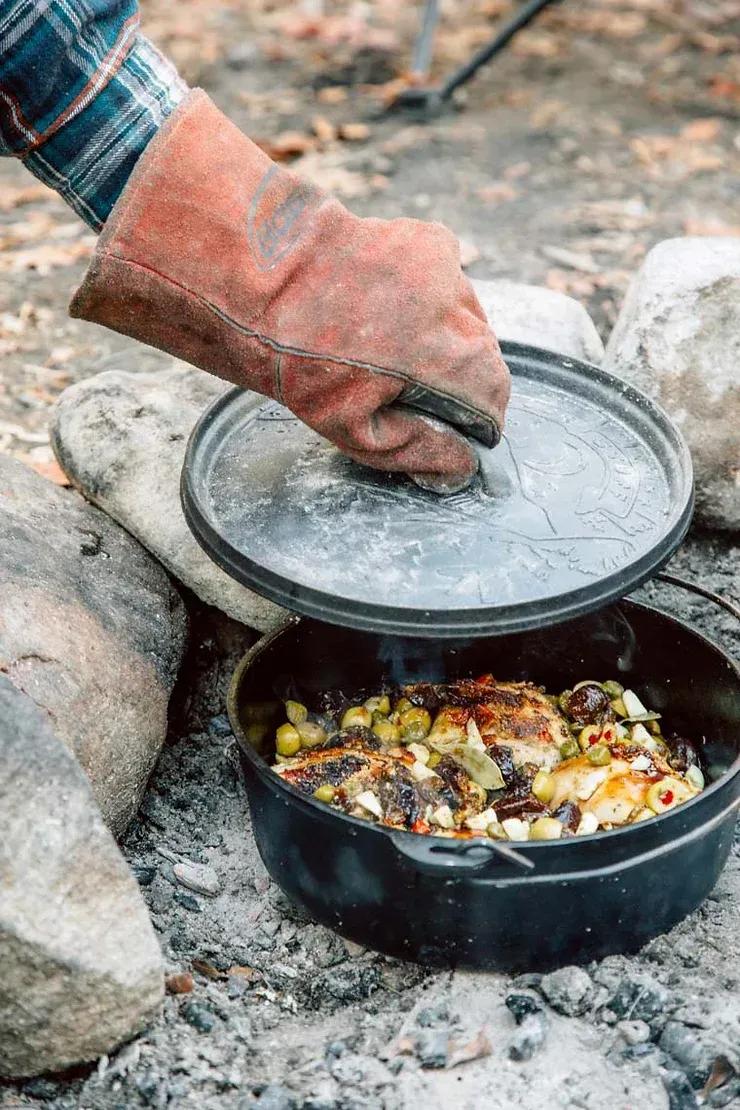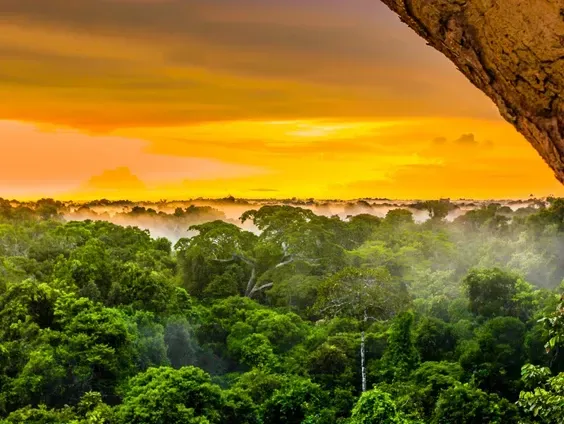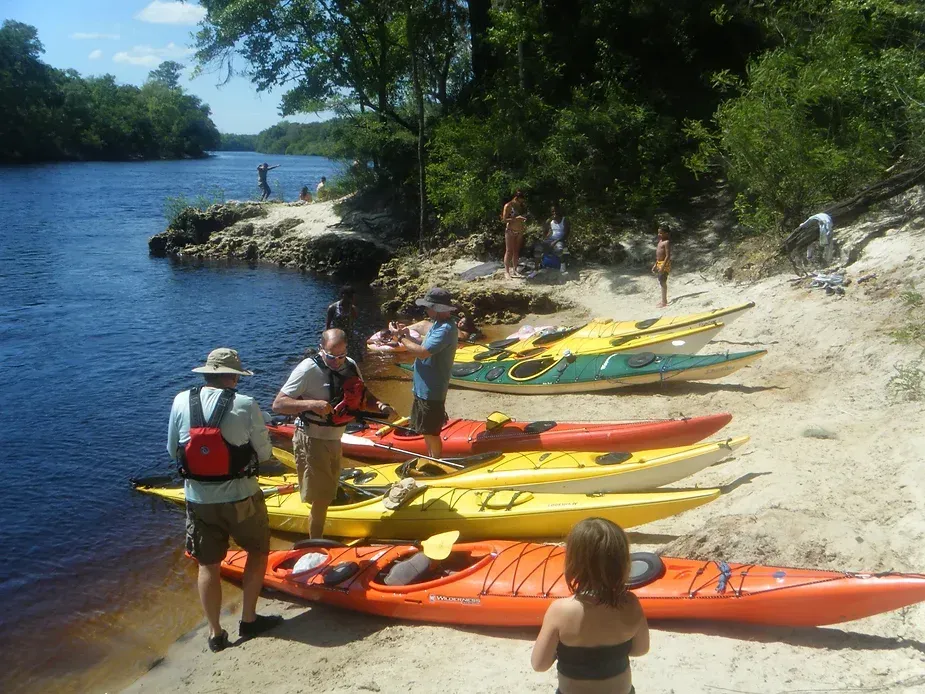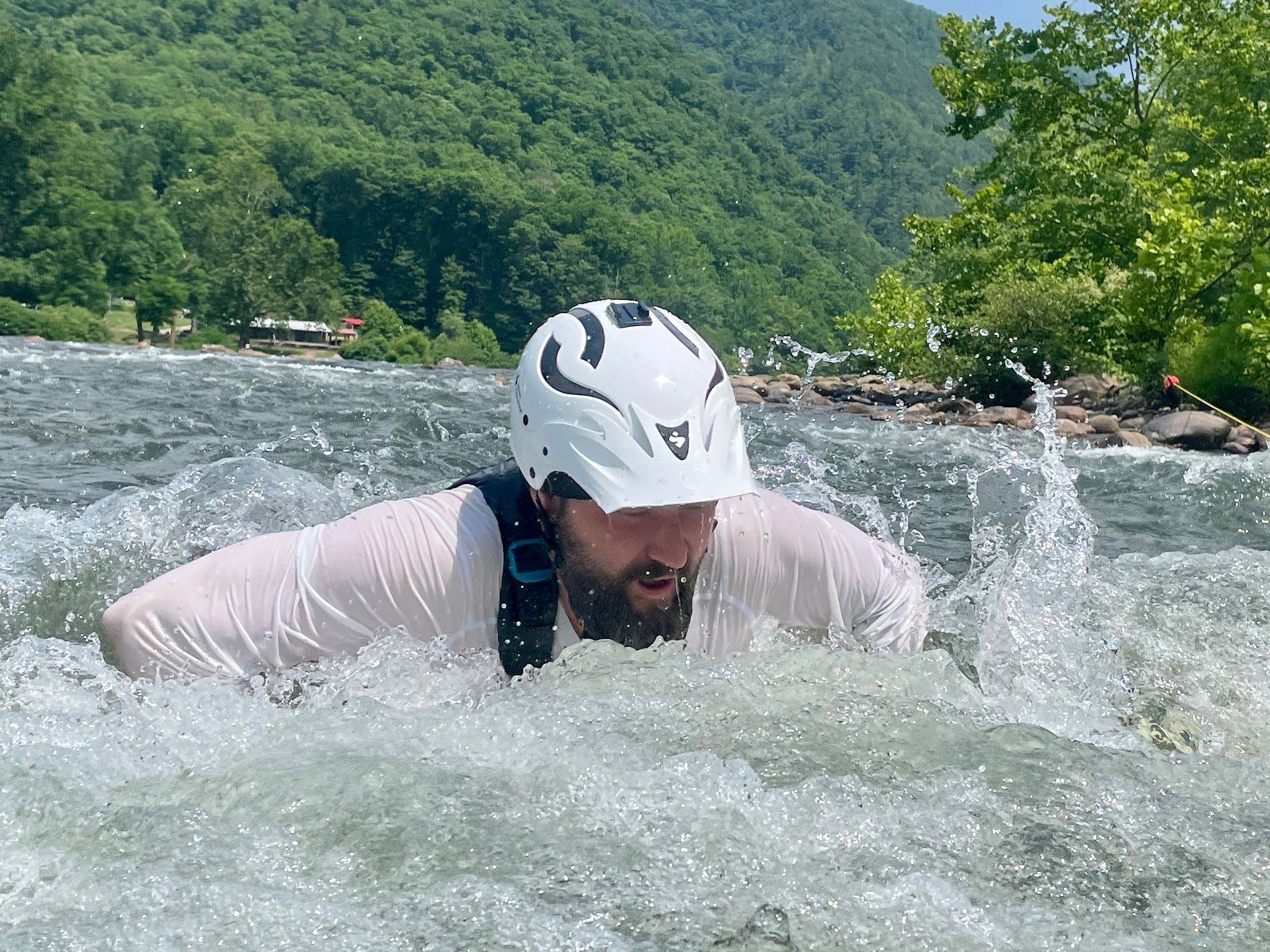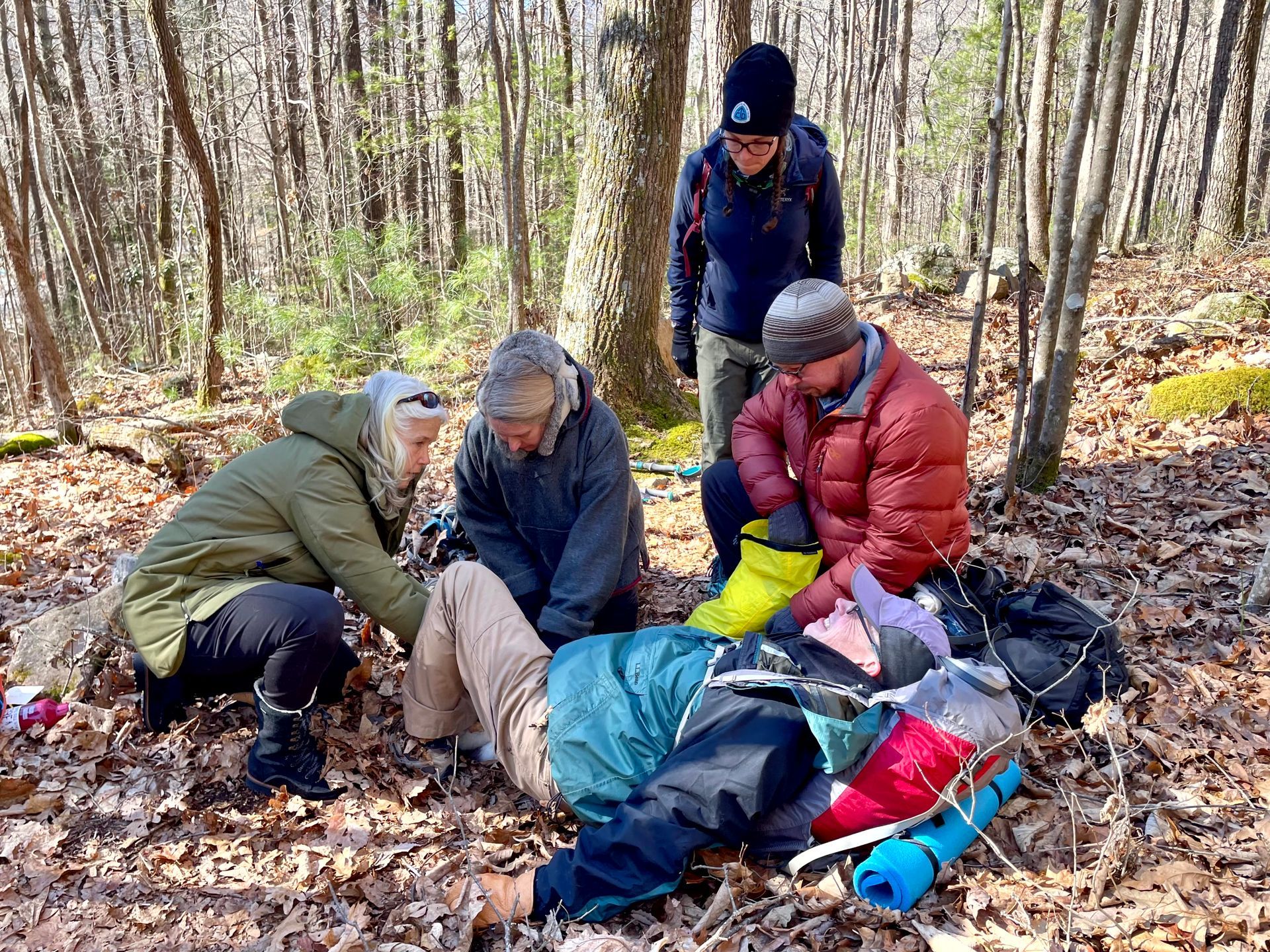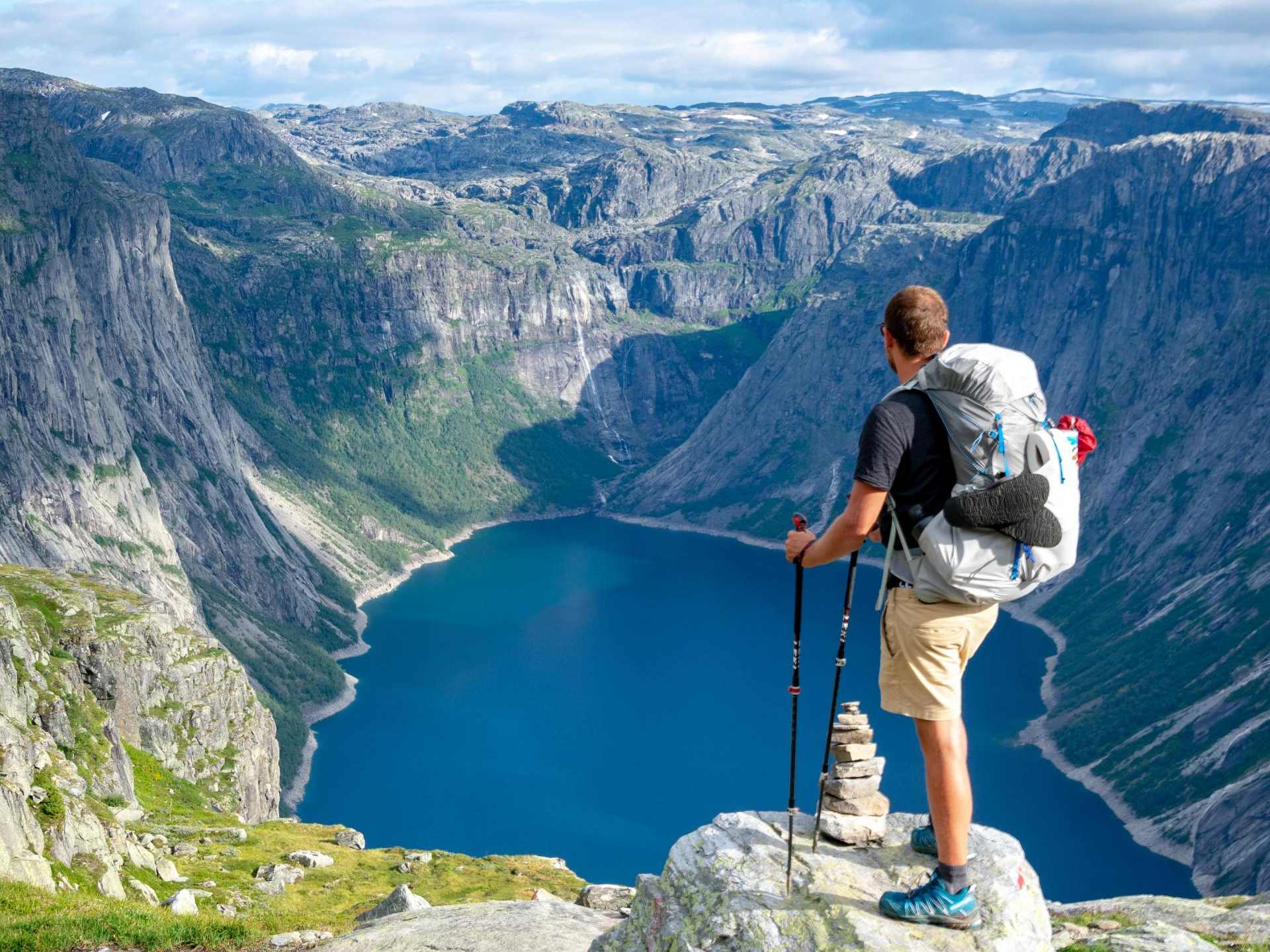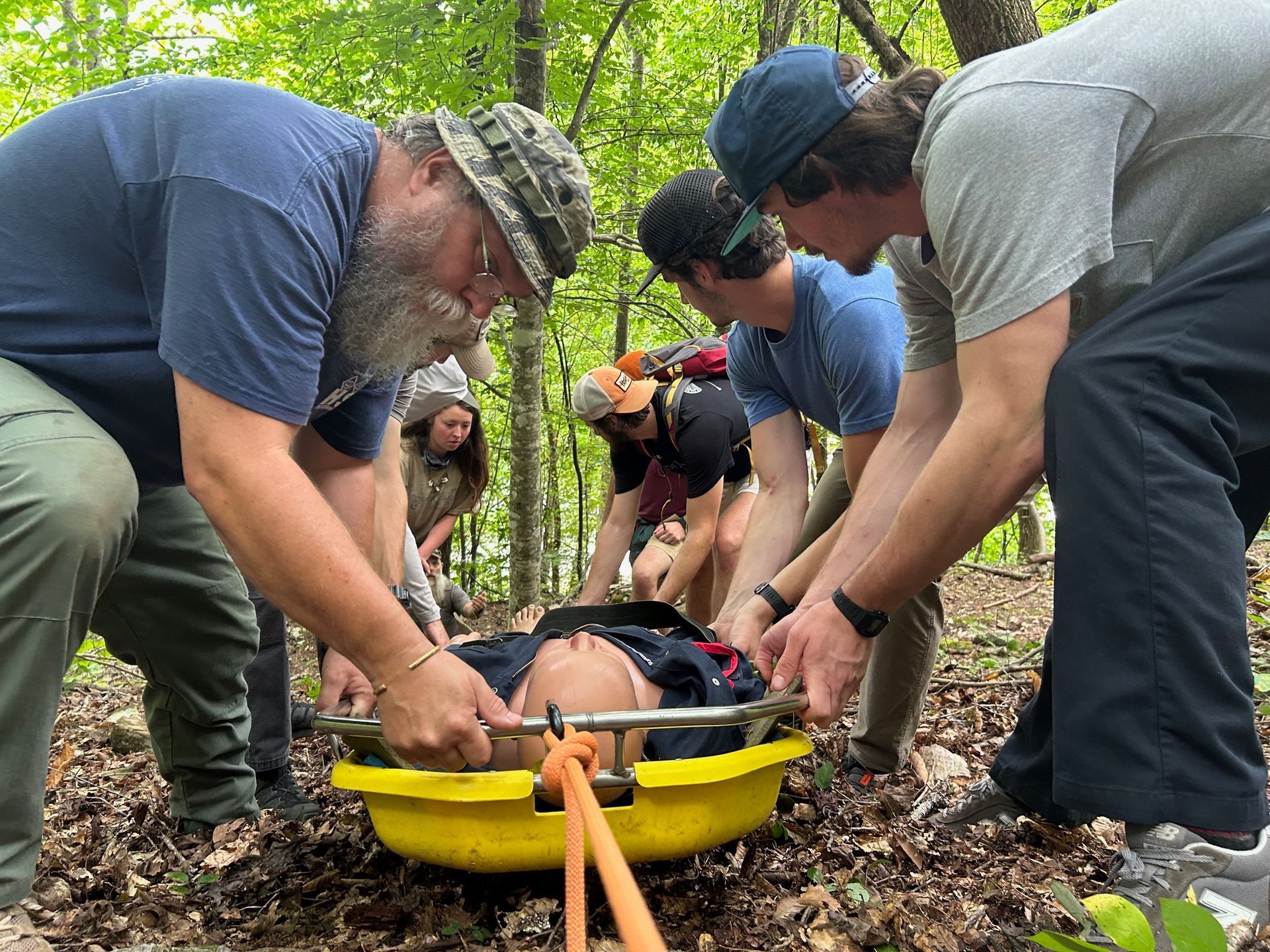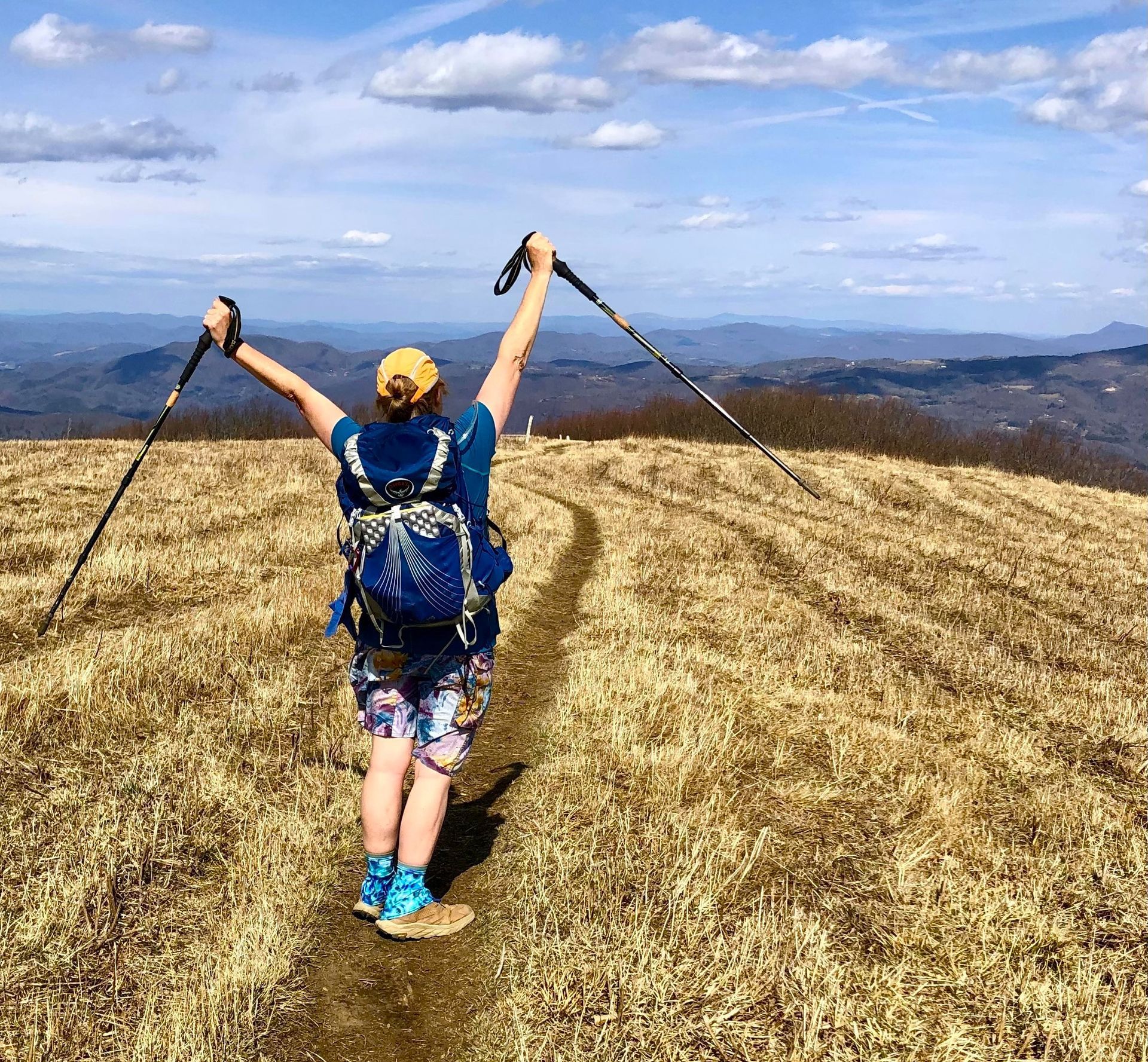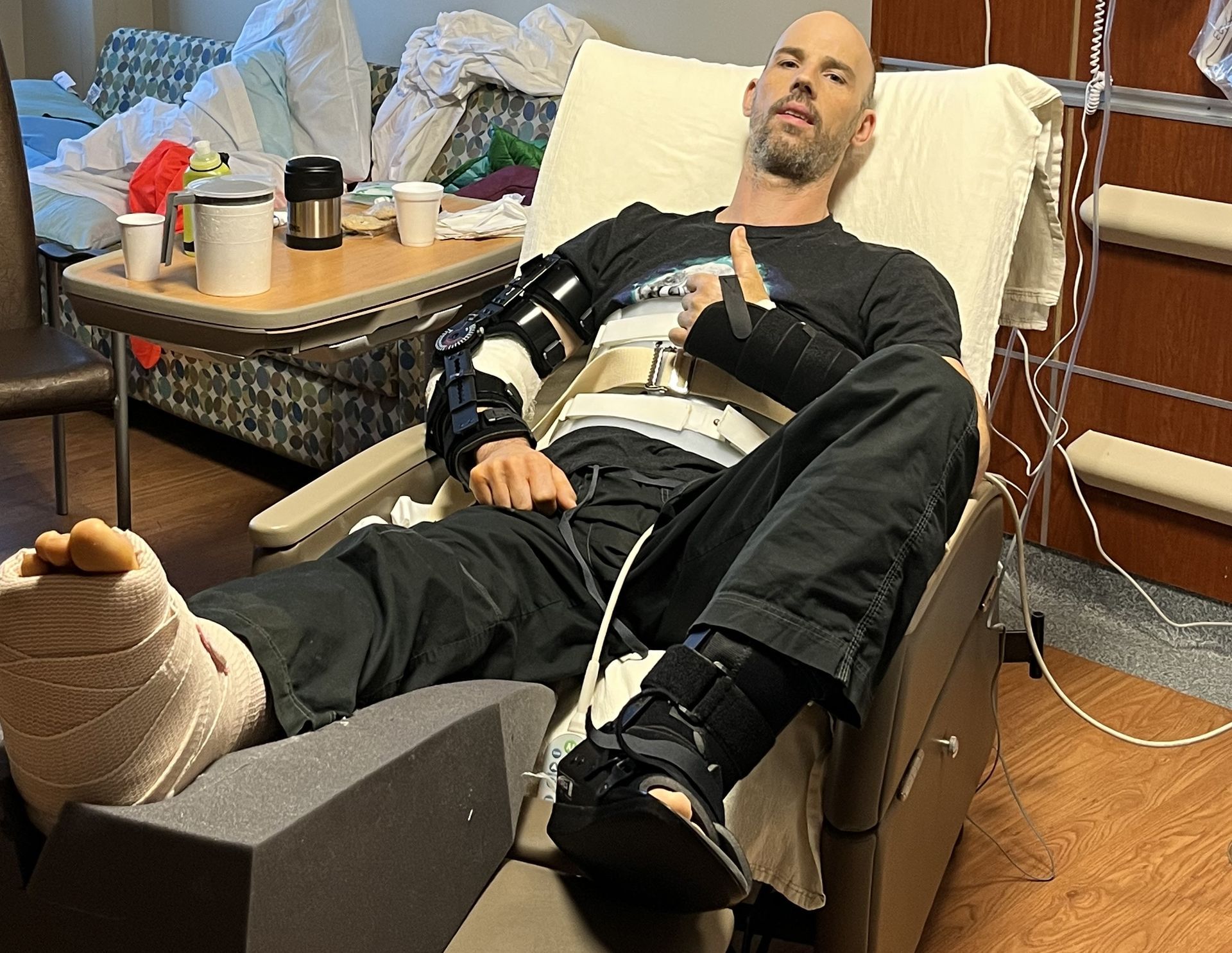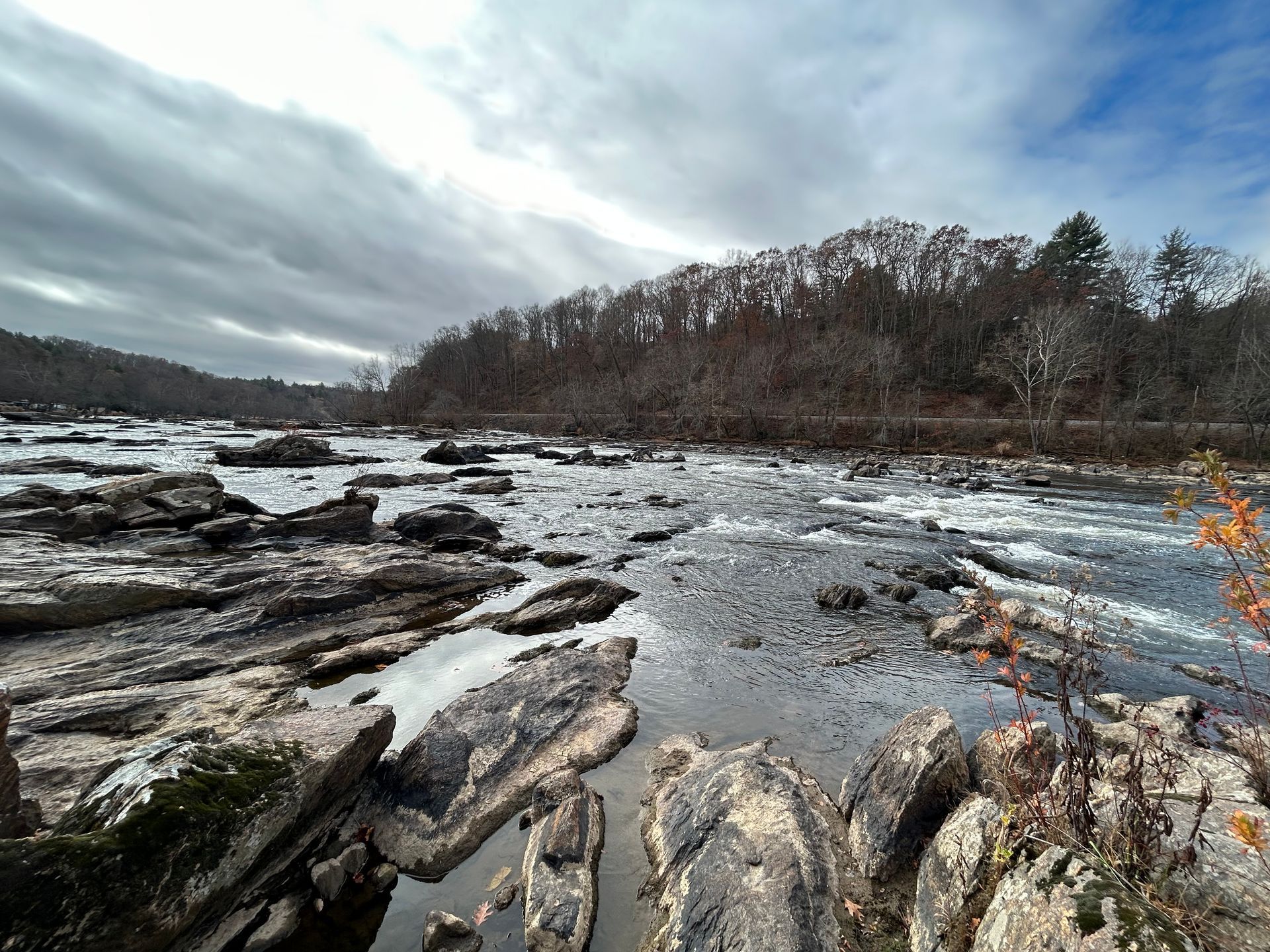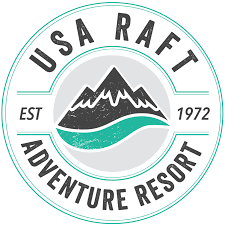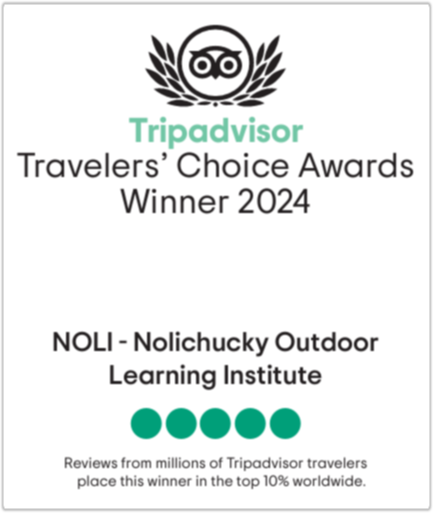Pro Tips for Green Race Spectators
Veteran racer Adam Herzog shares ways to beat the crowds at one of whitewater's greatest spectacles.
Green Race. Those two words keep kayakers (and spectators) awake at night. The class V+ Green Race is the best day of the year, and this year's race on Nov 4 will be no exception. It’s like Christmas for a hardcore kayaker. The race has progressed from a grassroots, dirtbag affair to an internationally renowned annual event complete with live bait safety crews, thousands of spectators and a live stream that requires stringing 3000 feet of fiber optic wire into one of the most rugged gorges in the East.
My first race was in 2002. I’ll never forget the lightning bolt of adrenaline that struck me at the start line. I completed my run in one piece and finished with a time of 5:06. At the time it was good enough for a top ten finish. Now it probably would not make the top 100. In ’02 the crowd was rowdy but small compared to the throngs of hikers that descend the rutted-out Pulliam Creek trail now. At the time, my friend Stacey described it as “Disneyland on crack.” But we knew every hiker and paddler on the river that day. It’s a different scene in 2023. Not bad, but different. Thousands of hikers and paddlers come to watch the show. The woods are alive, crawling with people. The gorge buzzes with energy.
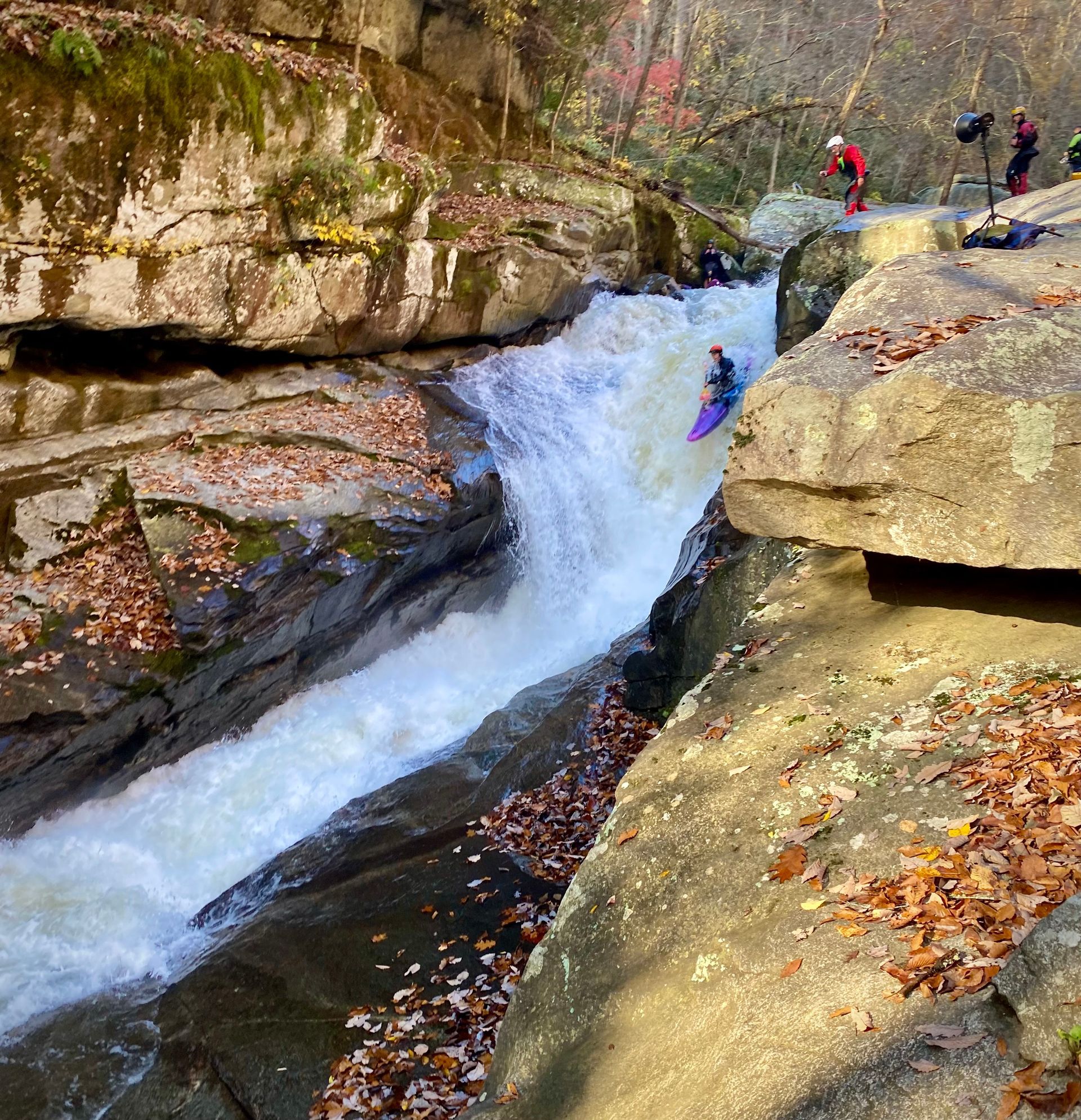
There is nothing wrong with hiking or paddling in on race day for a first-hand view of the action. But there are ways to beat the crowds. Here are three insider pro tips:
- Livestream the race: John and Chelsea Grace, Jason Hale, Tommy Hilleke and an army of volunteers put in a monumental effort to livestream the race. The technology gets better every year. Enjoy the race from the comfort and safety of your own home. The last few years I laid down a race lap and made it home in time to watch the second half of the race in my living room. The cost to livestream is $40 until Nov 2, $45 if registering after. Here's the link.
- Hike in the week before the race: the dry spell has resulted in low, limited flows. Tuesday through Friday the river will be running higher thanks to the folks at Northbrook, the power company that controls the dam. Gorilla will see hundreds of runs on race week. It’s a great time to hike in and check out the action without dealing with the mega crowds on race day. Hiking and parking information can be found here.
- Check out the top half of the course: people tend to gather around the marquee drops Go Left and Die and Gorilla. Those rapids are where the race is often lost. But multiple race winner Tommy Hilleke told me once, “The race is won between Frankenstein and Whale Tail.” It might not be as exciting as watching Gorilla, but if you want to see champions laying down smoking fast times, check out the unobstructed view of the upper racecourse.
If you decide to hike or paddle in to enjoy every southern kayaker’s favorite day of the year, embrace the crowd. Do it safely though. Leave young kids and dogs at home. Wear a PFD and helmet in the gorge. Carry a rope if you know how to use it. And if you are paddling or racing, put flotation bags in your stern. Merry Christmas.
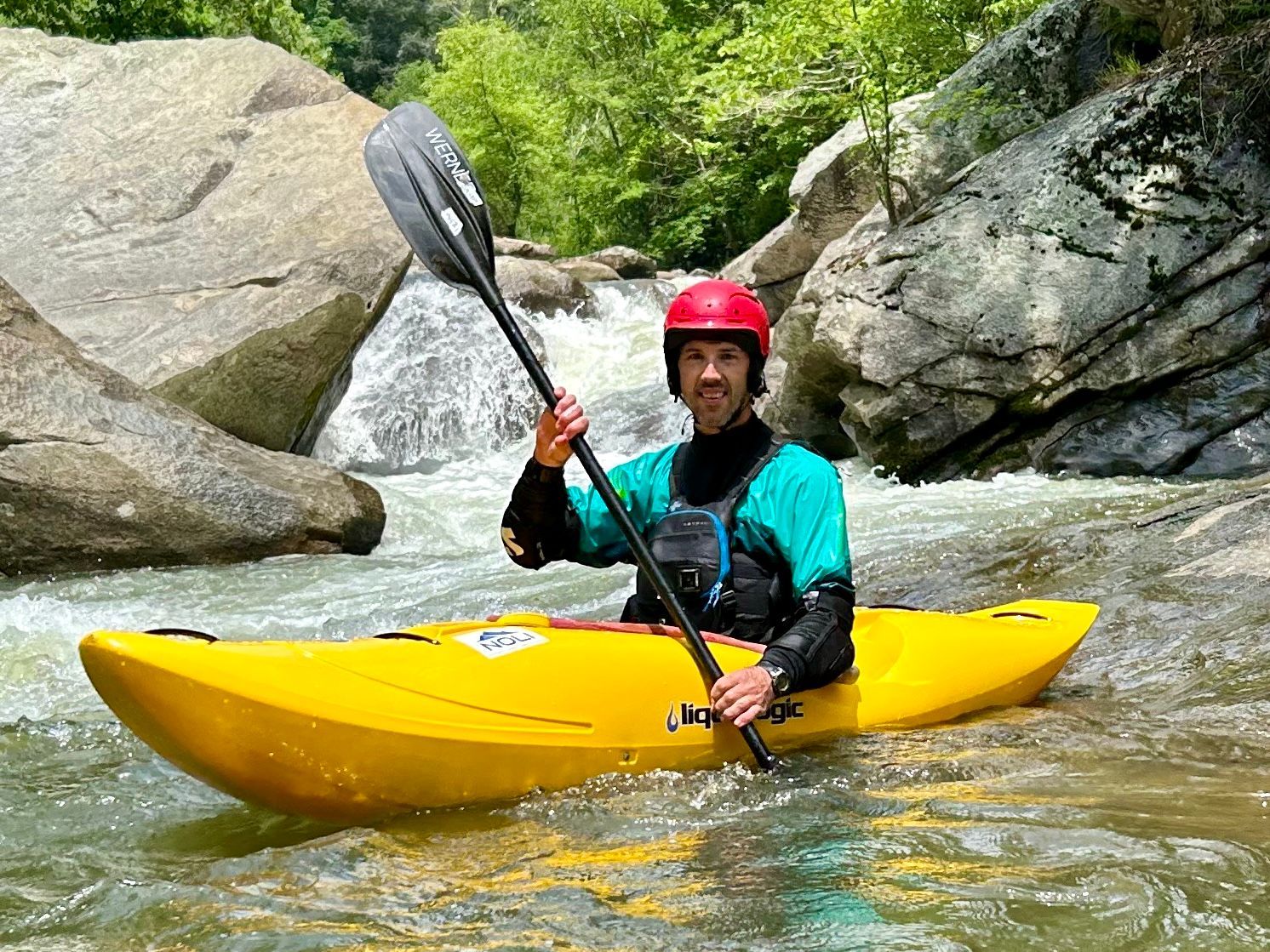
NOLI instructor and coach Adam Herzog has raced the Green 14 times in the last two decades, breaking the five-minute mark many times. If you want to go sub 5 minutes and get “class V certified” for the 2024 Green Race, or are interested in scheduling non-race related private instruction with Adam, contact us. Training is available all-year and the best performers start early.

